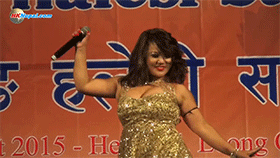भिडियो हेर्न तलको बक्स भित्र क्लिक गर्नुहोस
Khukuri symbolic weapon within the Nepalese Army
Nepal unification campaign any turning point in the background of the Nepalese air force. Since unification was not possible without a strong army, the management of the armed forces had to be exceptional. Apart from common Malla era temples in Kathmandu, army being organized in Gorkhas, technicians and experts had to be brought in from abroad to manufacture war chemicals. After the Gorkhali troops captured Nuwakot, the neighbouring principality of Kathmandu (Kantipur) associated with year 1744, the Gorkhali armed forces came to become known as the Royal Nepalese Army.
Their gallantry, sincerity and simplicity impressed even their enemy so much that the British East-India Company started recruiting Nepalese into their loads. Since the British had fought against then RNA, which was till that time, still colloquially in order to “Army of Gorkha” or “Gorkhali” army, the British called their new soldiers “Gurkhas”. The Indian army, after gaining their independence of this British, started calling them “Gorkha”. In 1946, the Royal Nepalese Army troops were led by Commanding General Sir Baber Shamsher Jang Bahadur Rana at the Victory Parade london, uk.[2]
The Gurkha Rifles existing in India and Britain are a part of foreign military organizations where Nepalis are recruited. The NA are rightfully authentic heir of your title of “The original Army for the Gorkha”.
Prior to 2006 the Nepalese Army was known as the Royal Nepalese Army and was under the control among the King of Nepal. Yet following the Loktantra Andolan (People’s Movement for Democracy) on May 18, 2006 a Bill was went by the Nepalese parliament curtailing royal power, this included renaming the army.[3]










No comments:
Post a Comment